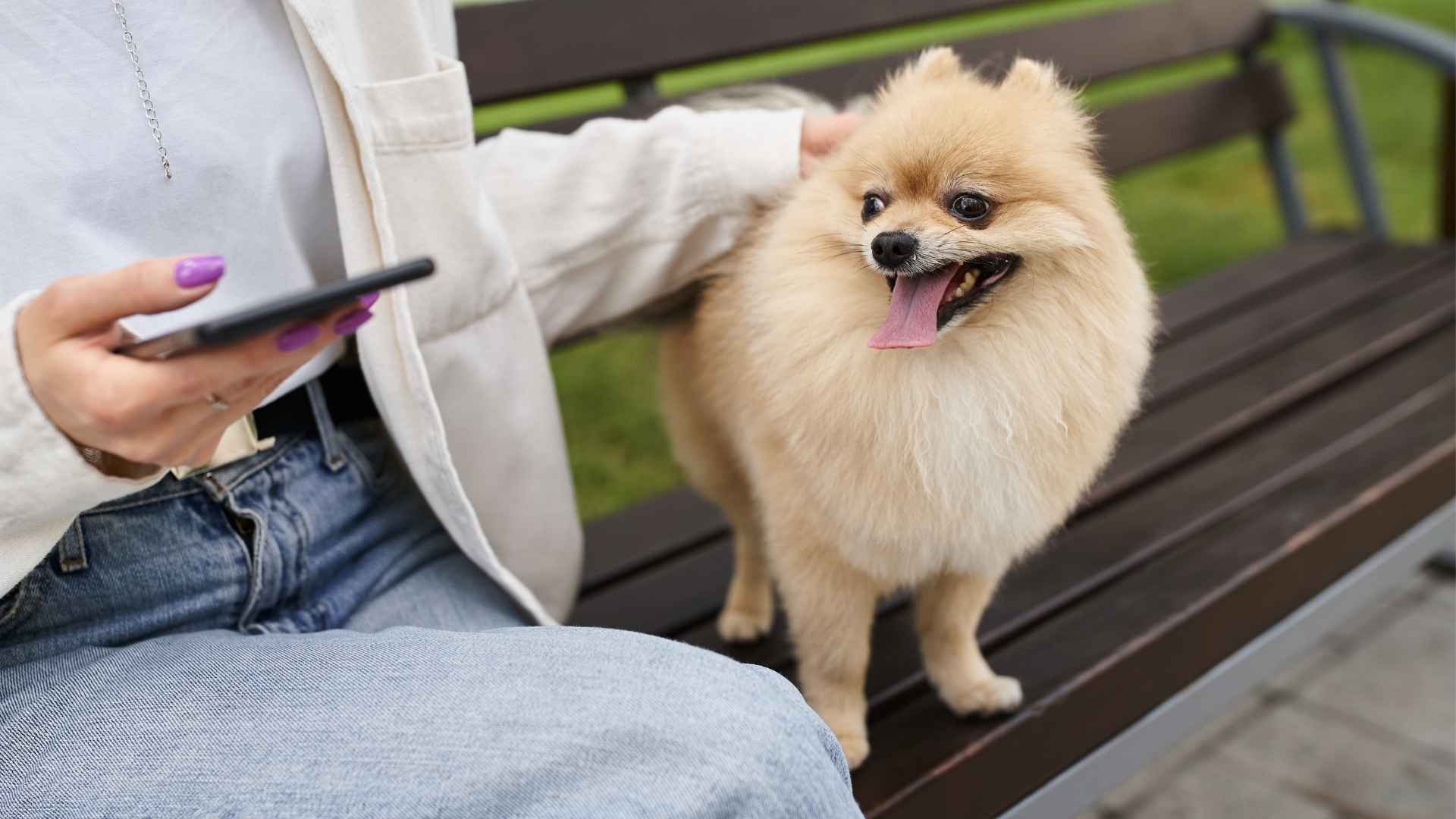Imagine this: your dog barks as the door creaks open. But wait—this isn’t the loud, alert bark they reserve for the mailman. This one sounds…friendly? Almost excited? That’s right—some dog breeds have the incredible ability to recognize familiar people and tailor their bark accordingly.
These social-smart pups have a surprising knack for reading the room (or rather, the doorstep). From a soft “woo-woo” for Aunt Karen to an all-out alert for that unknown delivery guy, these dogs know who’s who—and they’re not afraid to voice it.
Not all barking is created equal, and in these breeds, it’s more of an art than a reflex. It’s one of those quirks that turns your dog from just a pet into a true family member and home guardian. In this guide, we’ll sniff out the breeds that not only guard your door but also understand who belongs behind it.
If you’re looking for a pup that can tell friends from strangers before you do, keep reading. These dogs don’t just bark—they communicate.
Dog Breeds That Bark Differently For Known Visitors
1. Basset Hound

If there’s a canine Sherlock in the neighborhood, it’s probably the Basset Hound — that droopy-eared, short-legged sleuth with a nose so powerful it could sniff out your lost socks from two blocks away.
But here’s the twist: this generally calm breed doesn’t bark just for any passerby. Nope. The Basset has a special way of letting you know when someone familiar is at the door — and it’s different from its “alert bark” for strangers.
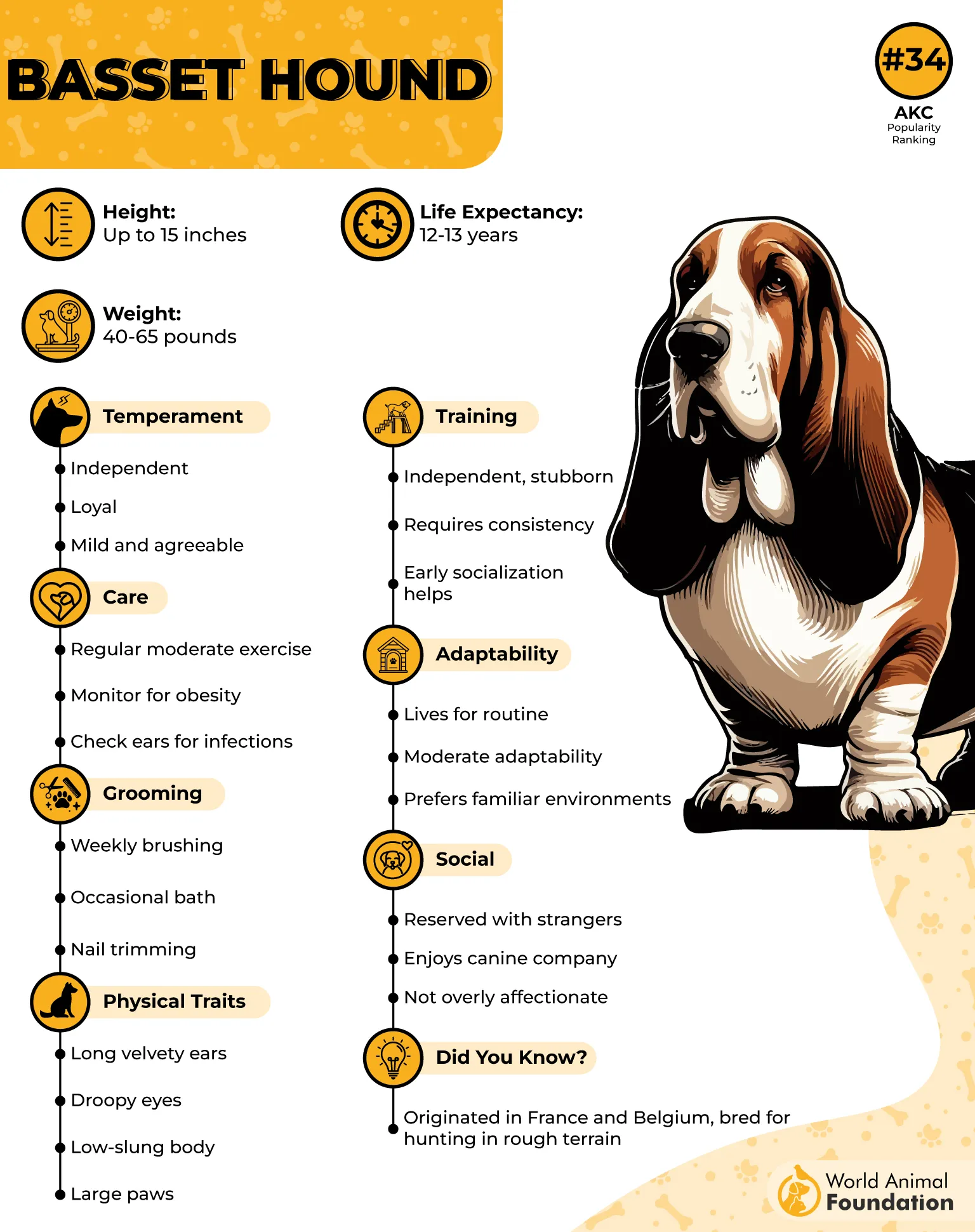
Imagine this: your Basset hears the creak of the front gate. For unknown visitors, you might get a slow, serious “woo-wooo” — kind of like the dog version of a suspicious grunt. But for known visitors? The Basset’s bark changes to a softer, almost tail-wagging “hello, friend” kind of greeting that says, “Ah, I know this human. They bring treats.”
What makes the Basset’s bark so fascinating is how it mirrors its personality: low, deliberate, and full of character. Their voice is less about “Beware!” and more about “Hey, welcome back! Where’s my snack?”
Plus, with their comically long ears flapping as they announce arrivals, Bassets turn a simple bark into a full-on theatrical performance. Their barks might not shatter glass, but they sure deliver on personality and charm, especially when telling friends from foes. So next time your Basset barks, listen closely — it might just be sending you a secret “hello.”
2. Siberian Husky

Siberian Huskies don’t just bark — they howl with style, and their vocal game is impressively nuanced. When a stranger approaches, you might hear a sharp, “Hey! Who goes there?!” kind of alert, full of energy and excitement.
But when a known visitor arrives? Their bark—or more often, their howl—softens into a melodic “Welcome home, friend,” like they’re greeting a long-lost pack member returning from the tundra.
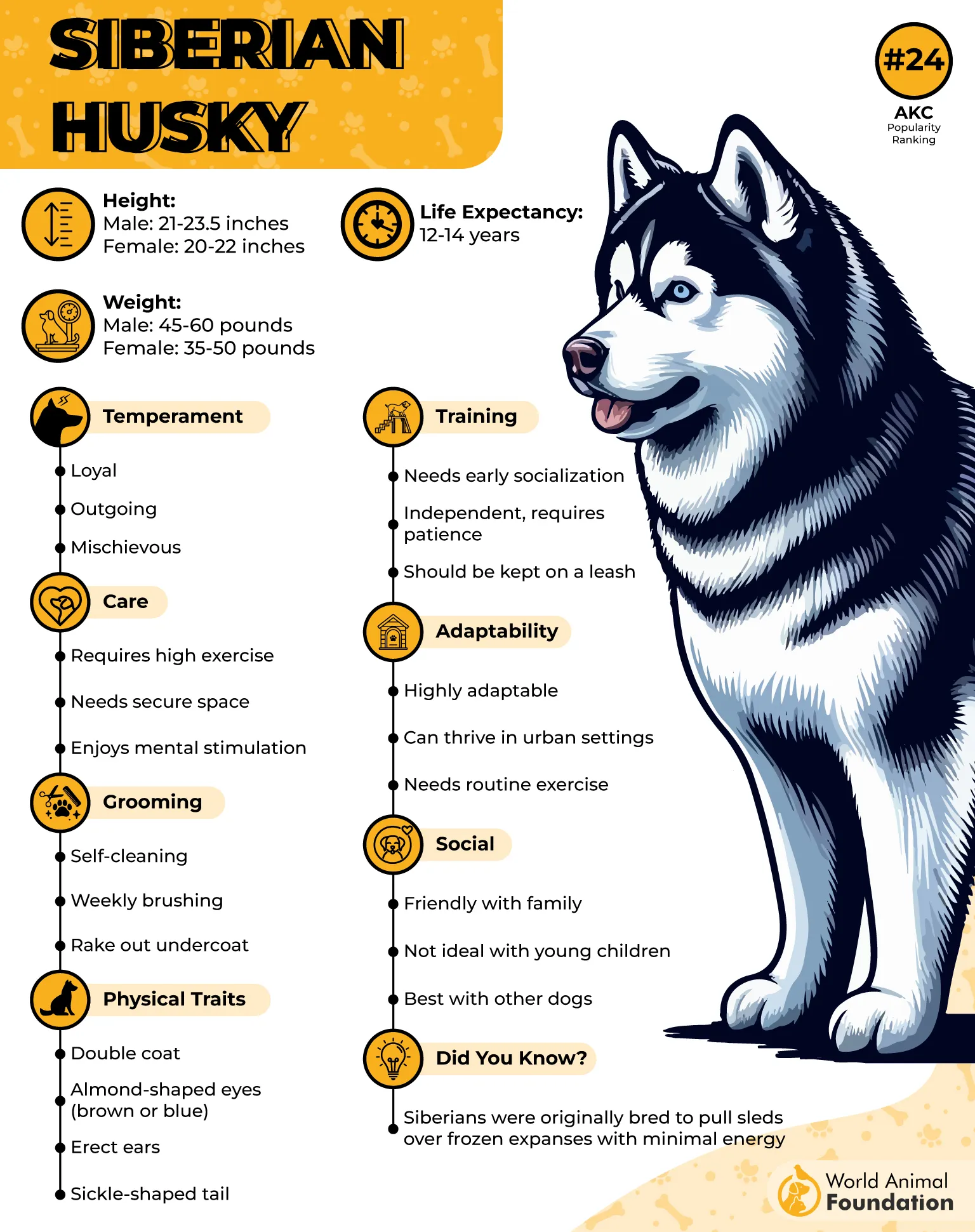
These fluffy escape artists have a way of making their barks and howls feel like a conversation. They’re not just alarm systems; they’re social broadcasters, letting you know who’s on the porch with a voice that’s part “guard dog” and part “party host.”
Expect a mixture of barks, howls, and even that signature Husky talk-singing that’s just their way of saying, “I know you, and you’re good people.” So if you’re lucky enough to have a Siberian Husky welcoming your guests, prepare for a full vocal performance, with different tunes for friends and foes alike.
3. German Shepherd

German Shepherds are like the special ops of barking — precise, purposeful, and totally tuned in to who’s ringing the bell.
Originally bred to herd sheep, this breed has proven its versatility over time by taking on roles in disability assistance, search-and-rescue missions, police work, and even military service. Today, it’s also widely cherished as a loyal and intelligent companion dog.
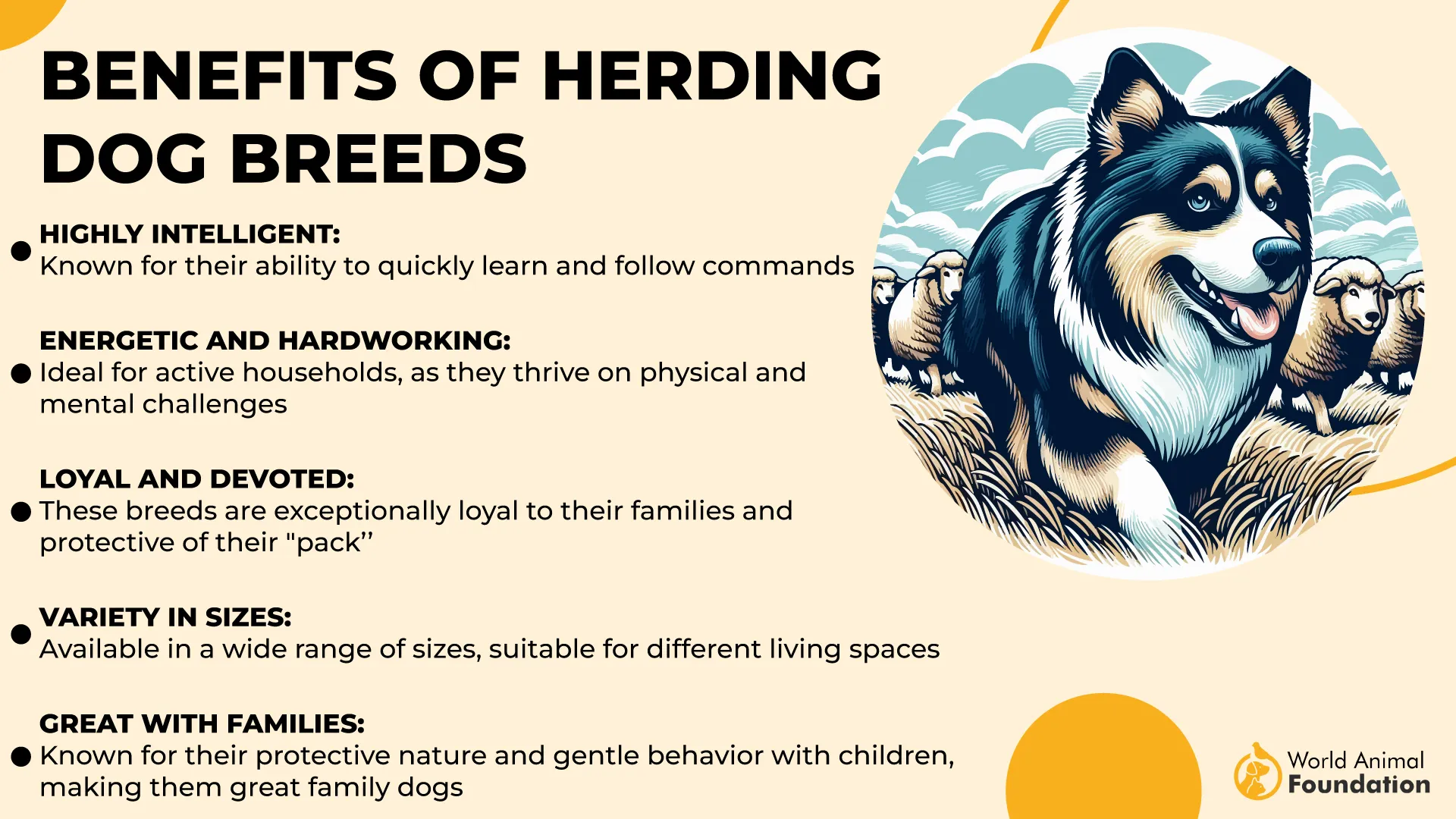
When a stranger shows up, expect a sharp, commanding bark that basically says, “State your business!” But when a family member or friend steps in? The bark changes to a more relaxed, almost “Hey buddy, come on in” tone.

This breed’s bark is all about strategy. They have a keen ear for recognizing familiar voices and footsteps, so their alarm system isn’t just loud — it’s smart. They know when to crank it up for potential threats and when to dial it down for those on the VIP list.
Plus, their deep, confident bark carries authority, making sure everyone knows who’s boss of the house. But underneath that commanding bark is a loyal, loving heart that’s just happy to see their favorite humans return.
In short, the German Shepherd’s bark is a masterclass in VIP guest handling — alert when needed, warm when deserved.
4. Pomeranian
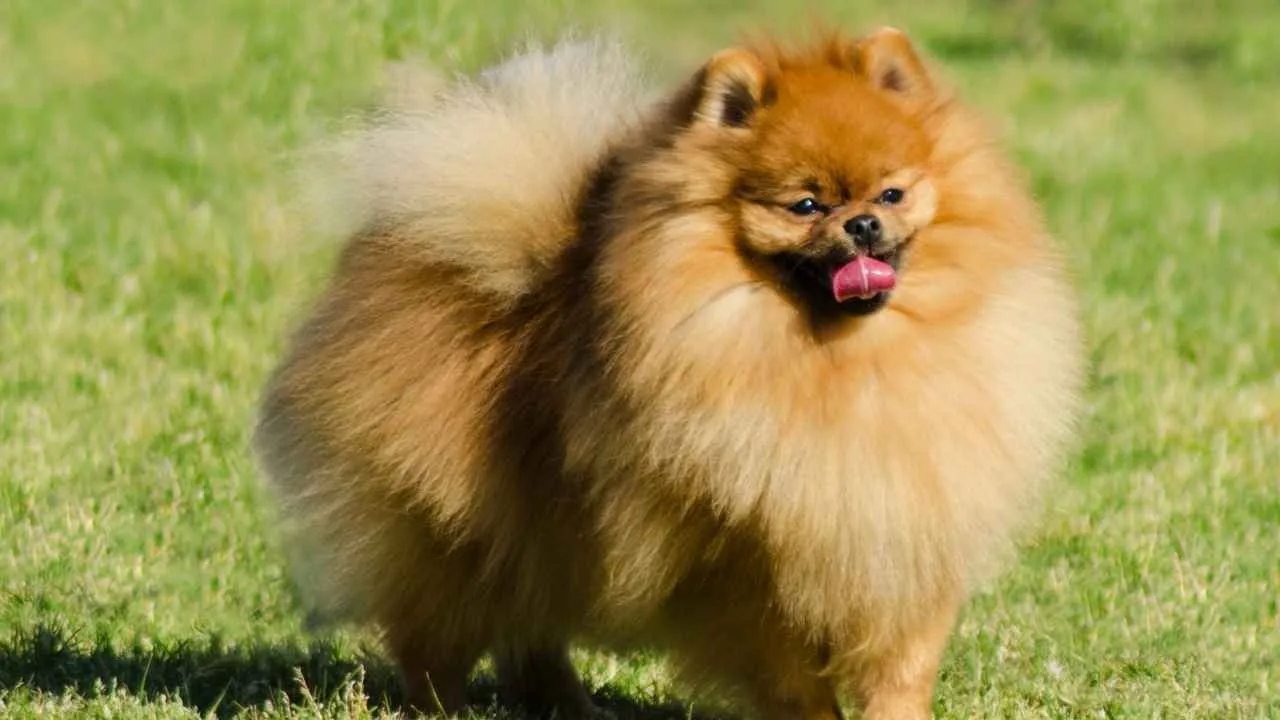
Don’t let their pint-sized fluff fool you — Pomeranians are the neighborhood’s loudest (and cutest) watchdogs.
When an unknown visitor steps near, expect a high-pitched, “Who’s that?!” bark that could wake the whole block — all packed into a 3- to 7-pound fluff ball. It’s their signature “tiny but mighty” alert that says, “Intruder alert… and I’m watching you!”
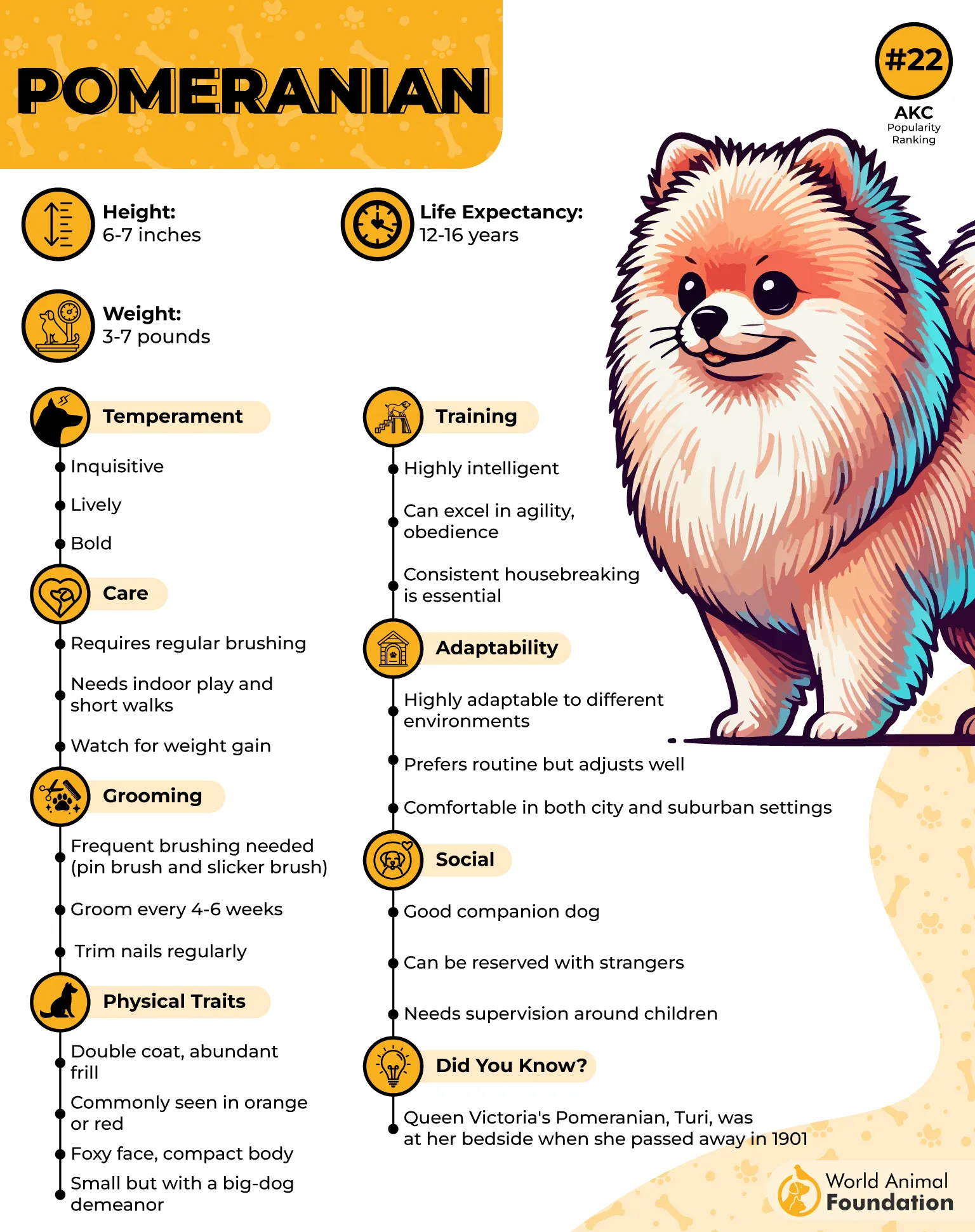
But here’s the twist: when a familiar face shows up, the Pomeranian switches gears faster than you can say “treat!”
They are generally quiet, and their bark softens into a happy little yip or even a cute chirp, practically rolling out the red carpet with puppy eyes and tail wags. It’s their way of saying, “Oh hey, you’re family — come in, come in, and maybe bring snacks?”
Basically, these little fluff balls bark like they own the block but greet their VIPs with the sweetest sound imaginable — a tiny alarm clock with a velvet voice.
5. Chihuahua
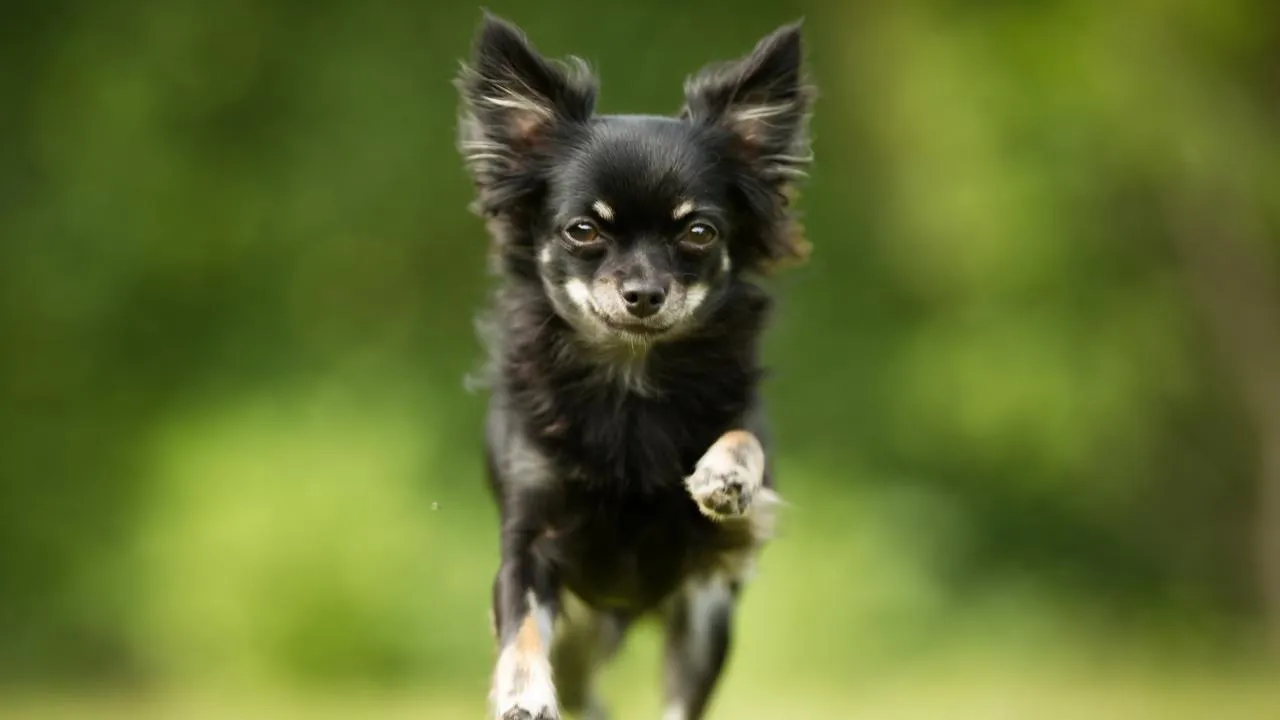
If bark size matched bite size, Chihuahuas would be the fiercest security guards ever. Chihuahuas are among the tiniest dog breeds on the planet. While males are usually just a bit shorter than females, both typically stand between five to eight inches tall.
These tiny dynamos bark like they’re 10 feet tall when strangers approach — a sharp, “Who dares disturb my human?!” that’s surprisingly loud for such a small dog. Their bark warns the world: “Proceed with caution, tiny but mighty here!”
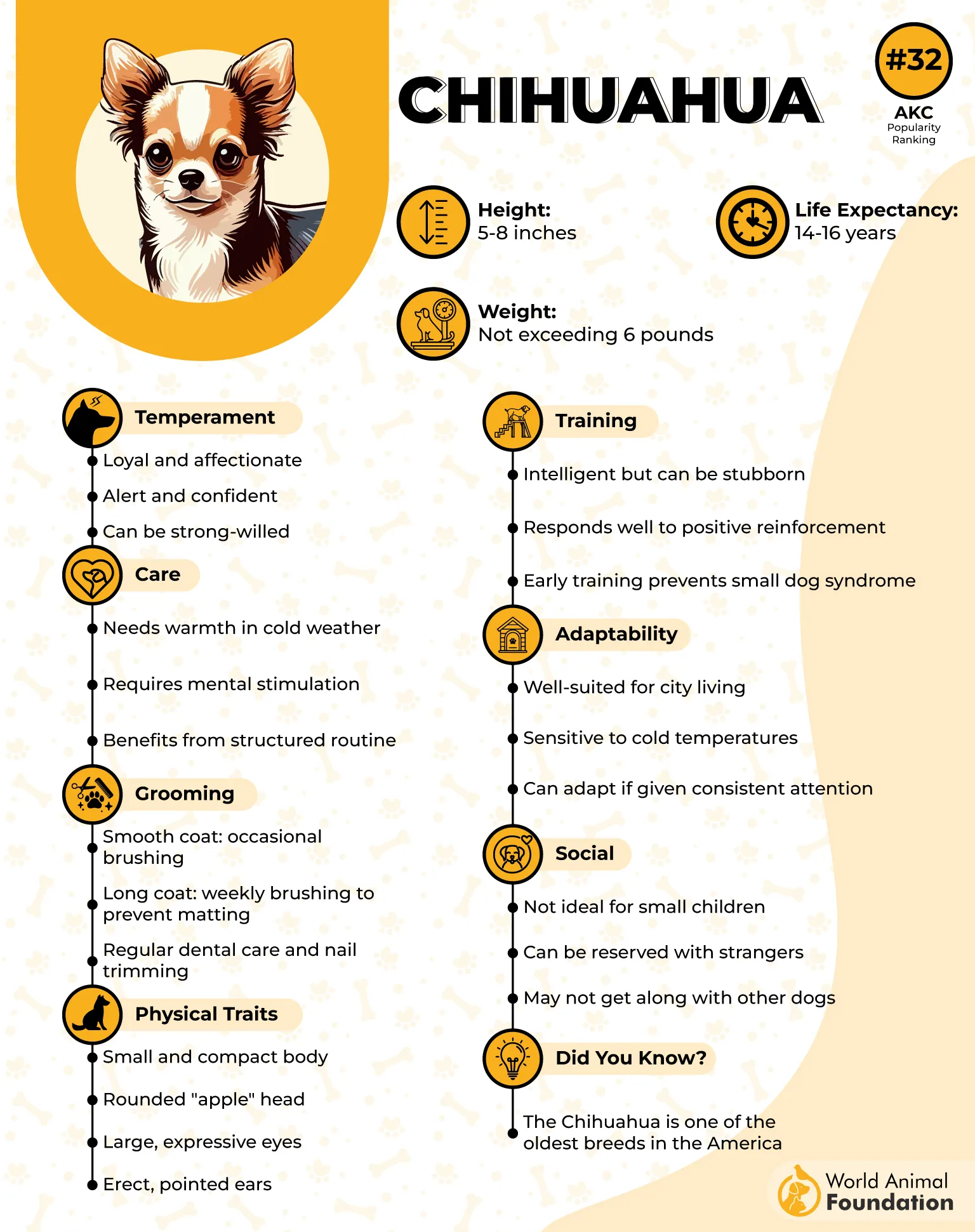
But when a known visitor rings the doorbell, the Chihuahua’s bark takes on a friendlier, more relaxed tone. It’s less “danger!” and more “Oh, it’s you — come on in, we’ve got snacks and belly rubs waiting.” Sometimes it’s a few quick yips followed by a satisfied silence, like they’re checking the guest off their personal VIP list.
According to WebMD, thanks to their petite frames, Chihuahuas are incredibly portable, earning them the nickname “purse dogs” for their ease of travel and compact companionship.
These pocket-sized sentinels are masters of barking with purpose — all bark, all heart, and always ready to switch from guard mode to greeter mode in a blink.
6. Australian Shepherd
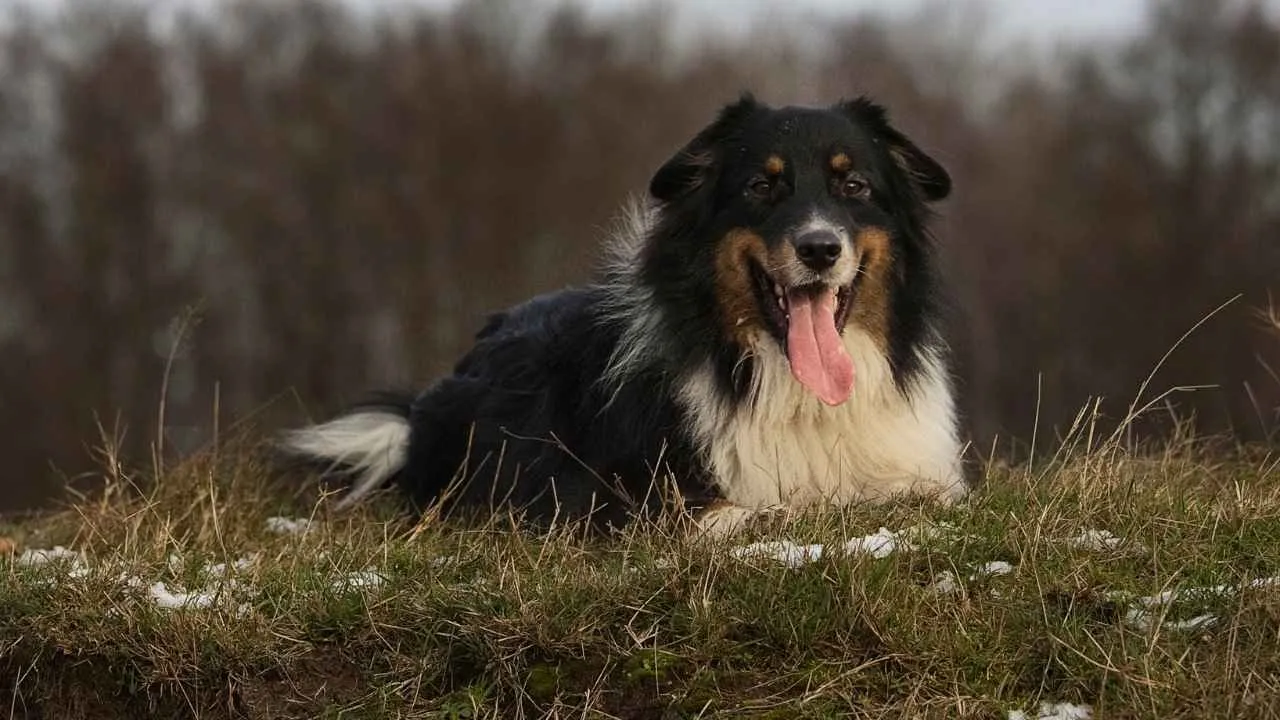
Australian Shepherds are smart, energetic, medium-sized dogs known for their strong herding instincts and athletic, agile bodies. Typically standing 18–24 inches tall, they usually weigh between 40 and 65 pounds.
Australian Shepherds aren’t just eye-catching with their dazzling coat and electric energy — they’re also bark experts who know exactly how to differentiate between friends and strangers.

Thanks to their strong herding instincts and natural suspicion of anyone new, their bark is more than just noise; it’s a full-on communication system.
When an unknown visitor shows up, expect a series of sharp, focused barks that say, “Whoa, hold up! Who’s entering my turf?” It’s their built-in herding drive kicking in, as if they’re trying to herd the visitor back outside the gate with nothing but their voice.
But when a familiar face approaches, their bark instantly shifts gears — from alert mode to “Hey buddy, you’re family!” That bark becomes more relaxed, even welcoming, as if they’re saying, “You’re part of the crew; let’s get this family hangout started.”
Purina says Australian Shepherds love being active and involved in family life, so their barks are like a lively conversation: part security, part warm welcome, all heart. Just make sure your visitors are ready for the Aussies’ enthusiastic “Who’s there?” followed by a tail-wagging hello if they pass the vibe check!
7. Beagle

Beagles might be small, but their bark is big on personality — and on figuring out who’s at the door!
Thanks to their incredible nose and hunting heritage, these curious little hounds don’t just bark randomly. They use their voice like a canine lie detector, changing tone depending on whether the visitor smells like a friend or a stranger.

When a stranger arrives, a Beagle’s bark is sharp and insistent, almost like saying, “Hey, you don’t belong here! Explain yourself!” Their curious nature means they’ll be sniffing and barking like a detective hot on a trail, making sure no suspicious characters slip past.
But when a known visitor shows up, their bark mellows out into a friendly, excited “Hey, you’re okay!” — often accompanied by tail wags and that classic Beagle grin that says, “I know you, and I’m happy you’re here!”
Basically, Beagles are the neighborhood’s sniff-and-bark squad — alert, inquisitive, and quick to welcome those they trust, all while keeping their keen nose on the job. So listen closely: their bark tells a story, and it’s always worth hearing!
Conclusion
Dogs bark excessively for many reasons, from frustration barking to greeting barking. Certain breeds, like herding dogs, hunting dogs like fox terriers, and guard dogs, have refined their vocal communication to respond based on familiarity, offering softer alerts for human companions and more intense tones for a perceived threat. These affectionate dogs, when properly trained and given consistent exercise, show impressive awareness and loyalty toward their human partners.
Whether it’s separation anxiety, guarding food, or trying to play with other dogs, cats, or other animals, barking has context. Dog breeds bark to protect and control their environment, sometimes even over long distances. Even small breeds can be effective communicators, using their bark—or even a yodeling sound—to get your attention or ask for their favorite toy. In the end, excessive barking isn’t noise—it’s a language shared between owners and their four-legged interpreters of the world.


